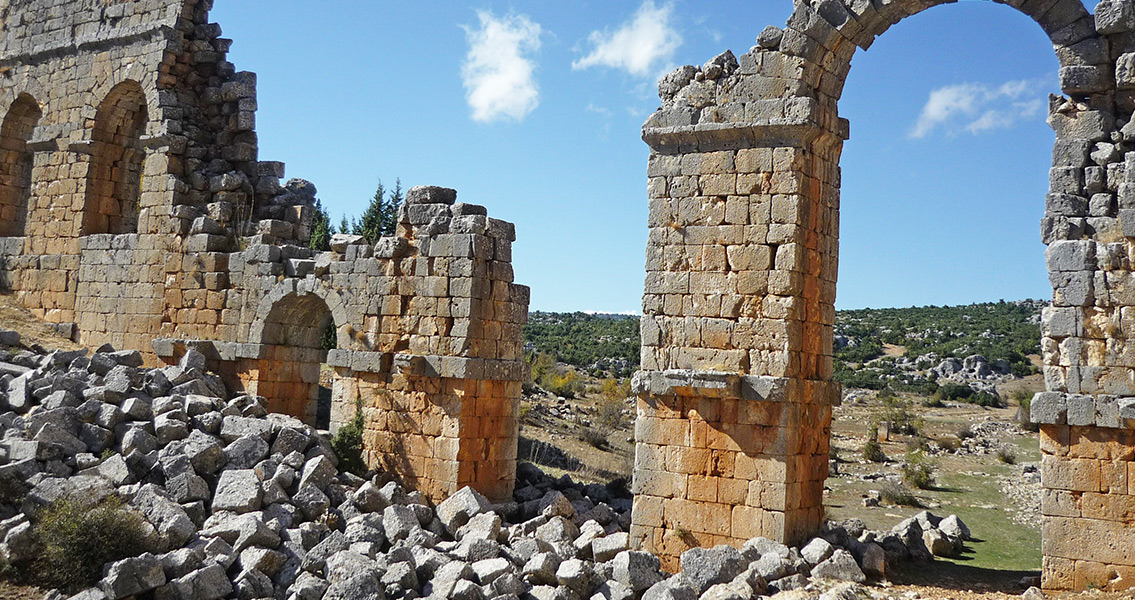<![CDATA[A team of researchers from the University of Colorado in Boulder, and the Santa Fe Institute, have unveiled the results of a recent study, designed to ascertain the similarities and differences in the growth patterns of ancient and modern civilizations. The study specifically focused on pre-contact archaeological data from sites along the Basin of Mexico. The researchers were able to roughly estimate the size of the sites' populations, their occupant densities, geographic size ratios, and even the rate of construction at which monuments and other large structures such as temples or complexes were built. The researchers also determined the intensity of activity that occurred during the sites' peaks of occupation. What the researchers learned was quite surprising, and yet somehow familiar. Ancient settlements functioned in much the same way as modern cities, with the populations growing as agriculture and domestication developed. Trade and commerce followed, and as they developed, so did the need for political rule. As politics subsequently progressed, so did early industrial and construction processes, which were often dictated by the rulers. This caused the rise of markets, businesses and even proto-companies. Thus, a system of monetary value and trade was established; which would have been accompanied by progress and diversification in artisanship and artistry. The ancient sites in Mexico would have very much resembled a modern cosmopolitan region. The settlements' populations would have interacted, traded goods, and conducted business among themselves and with neighboring populations. Also, separate regions would have had their own styles of architecture, art and dress. Anthropologist and study author, Scott Ortman, stated, "It was shocking and unbelievable. We were raised on a steady diet telling us that, thanks to capitalism, industrialisation, and democracy, the modern world is radically different from worlds of the past. What we found here is that the fundamental drivers of robust socioeconomic patterns in modern cities precede all that." According to Luis Bettencourt, who studies complex systems at the Santa Fe Institute of New Mexico, cities work like machines that serve a simple purpose, they are constructed to facilitate social interaction. He stated: "We build cities in ways that create what I like to call social reactors." Bettencourt's theory is that cities arise out of a human need for belonging, and are constructed accordingly. Human beings have longed for companionship and interaction for millennia. For that reason, it seems that both ancient cities and modern cities have materialised not only to accommodate the same needs, they also function in a similar manner. This study demonstrates just how akin to our ancient ancestors we are. Hopefully, it will allow modernity to understand that its own view of urbanisation is not so modern after all. Image courtesy of Wikimedia commons user: Cobija]]>
Ancient Cities and Modern Cities: Not So Different
